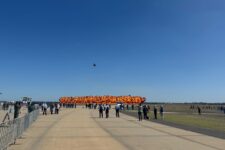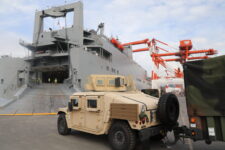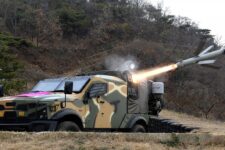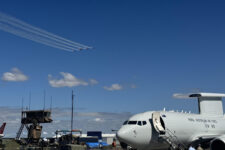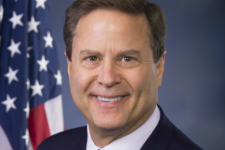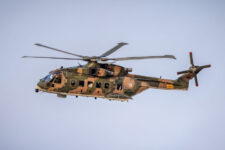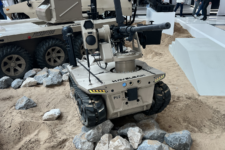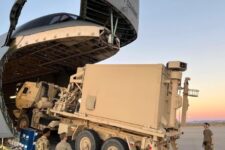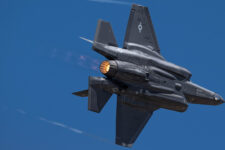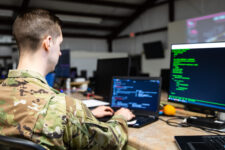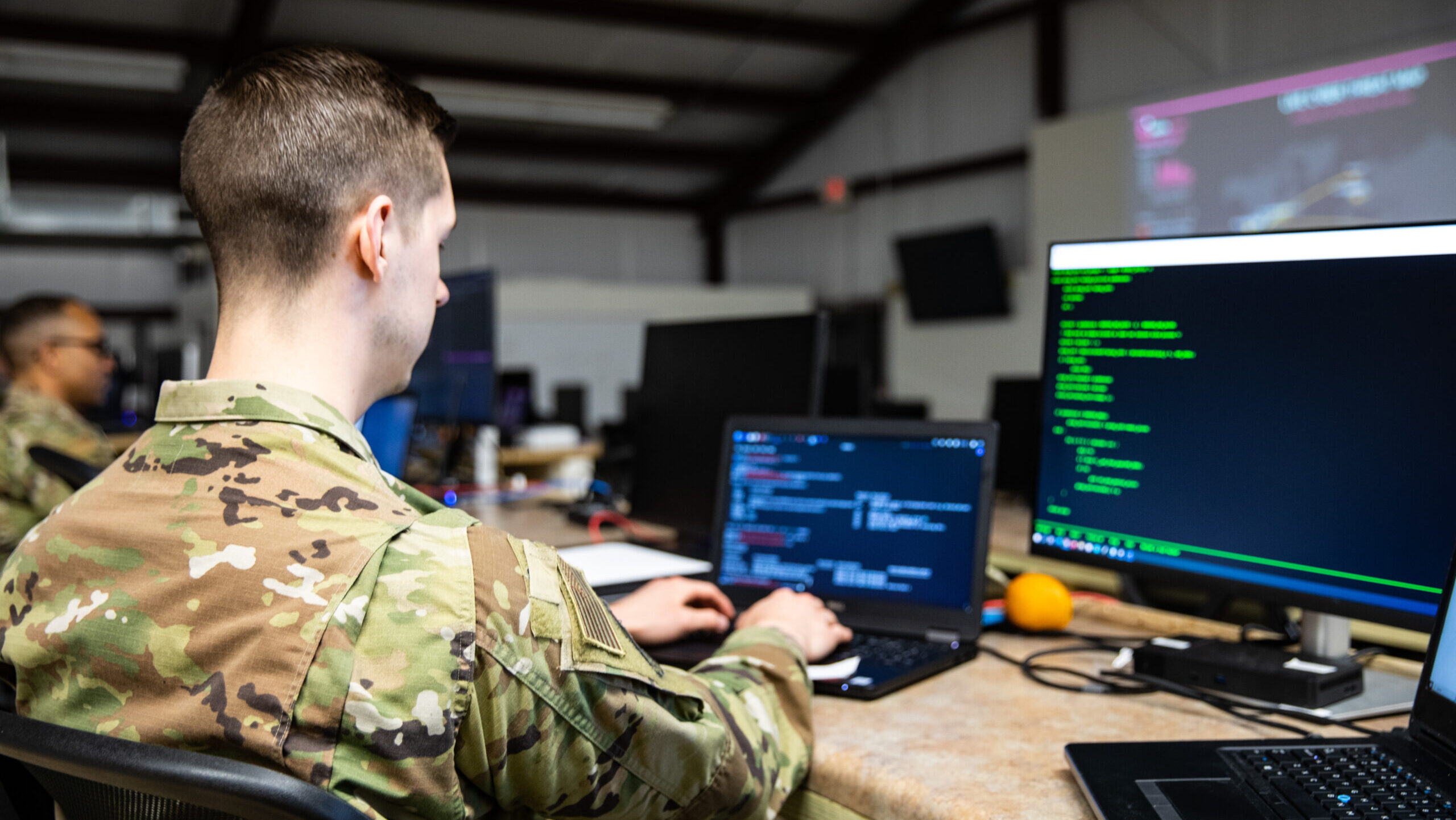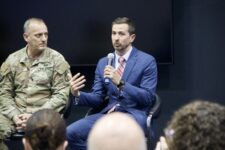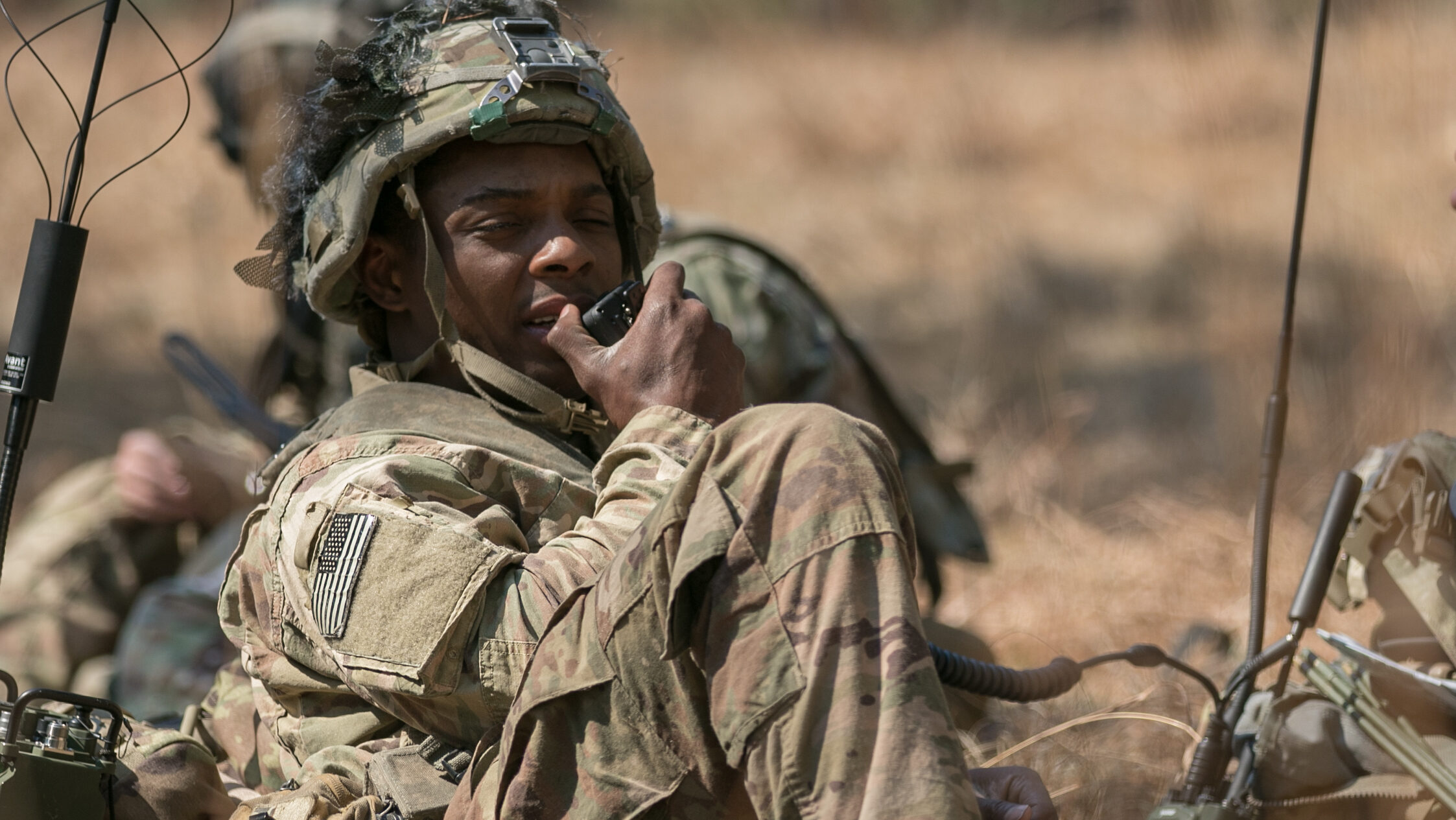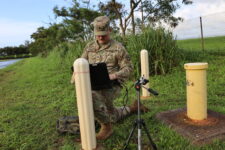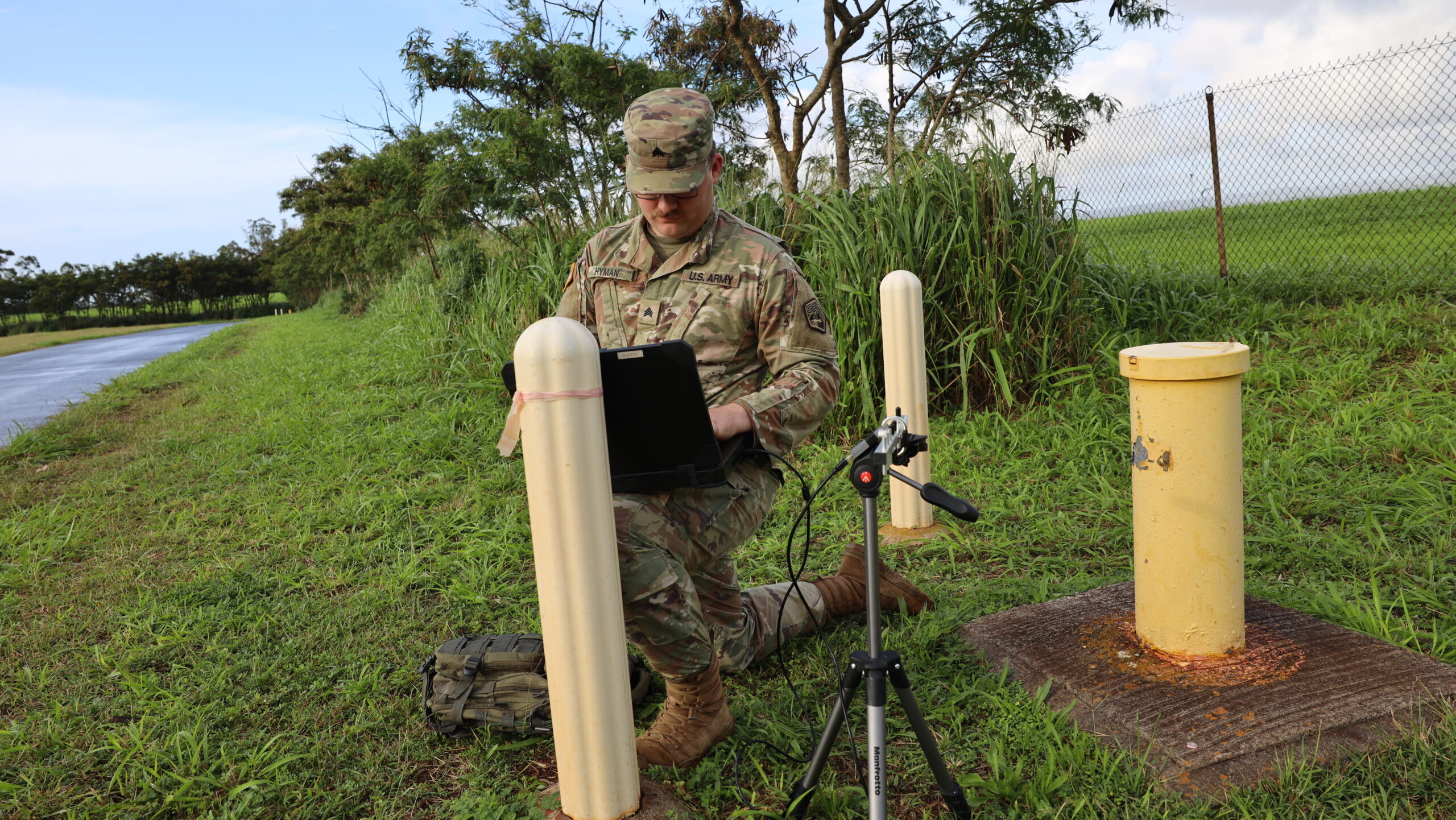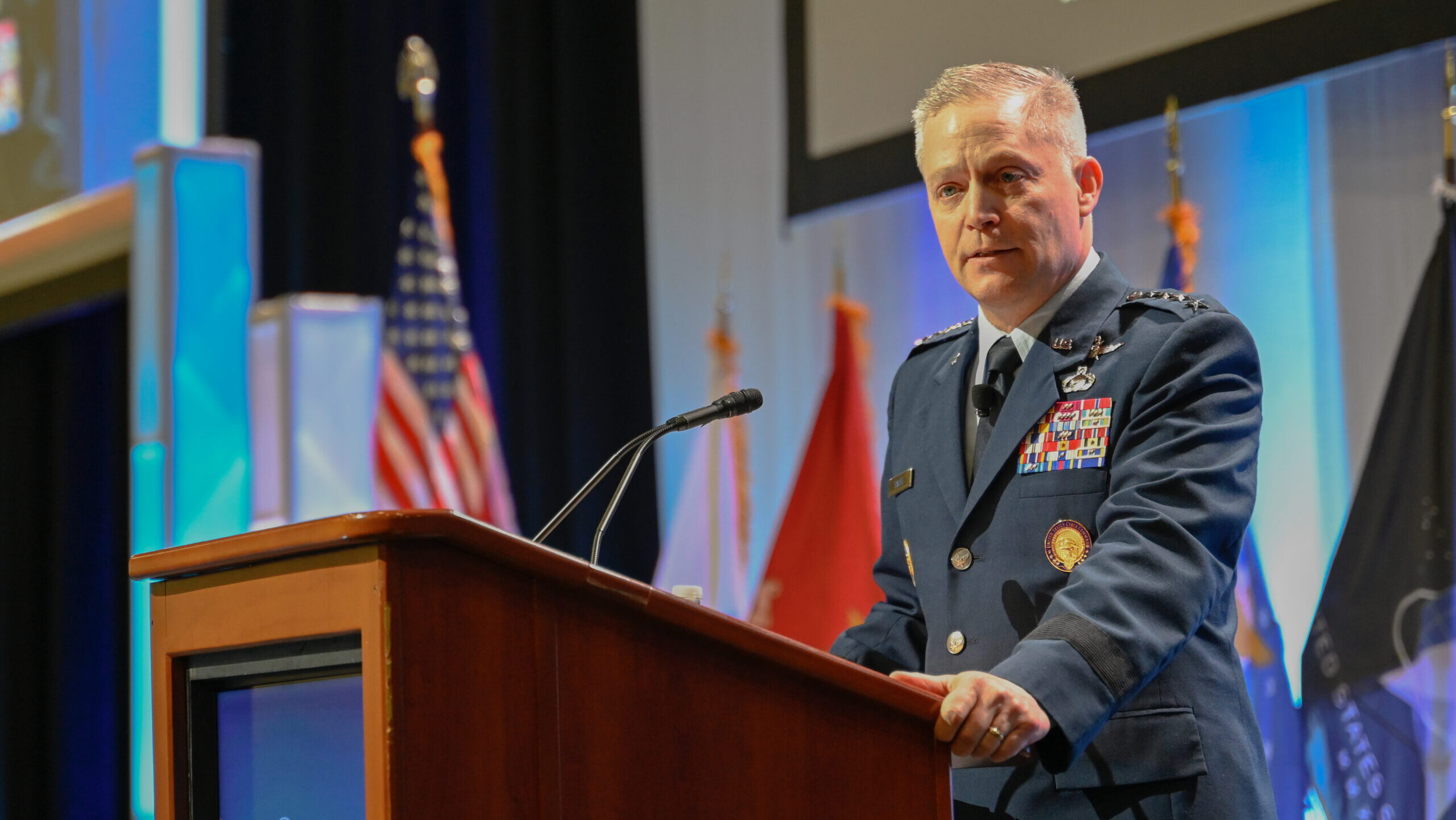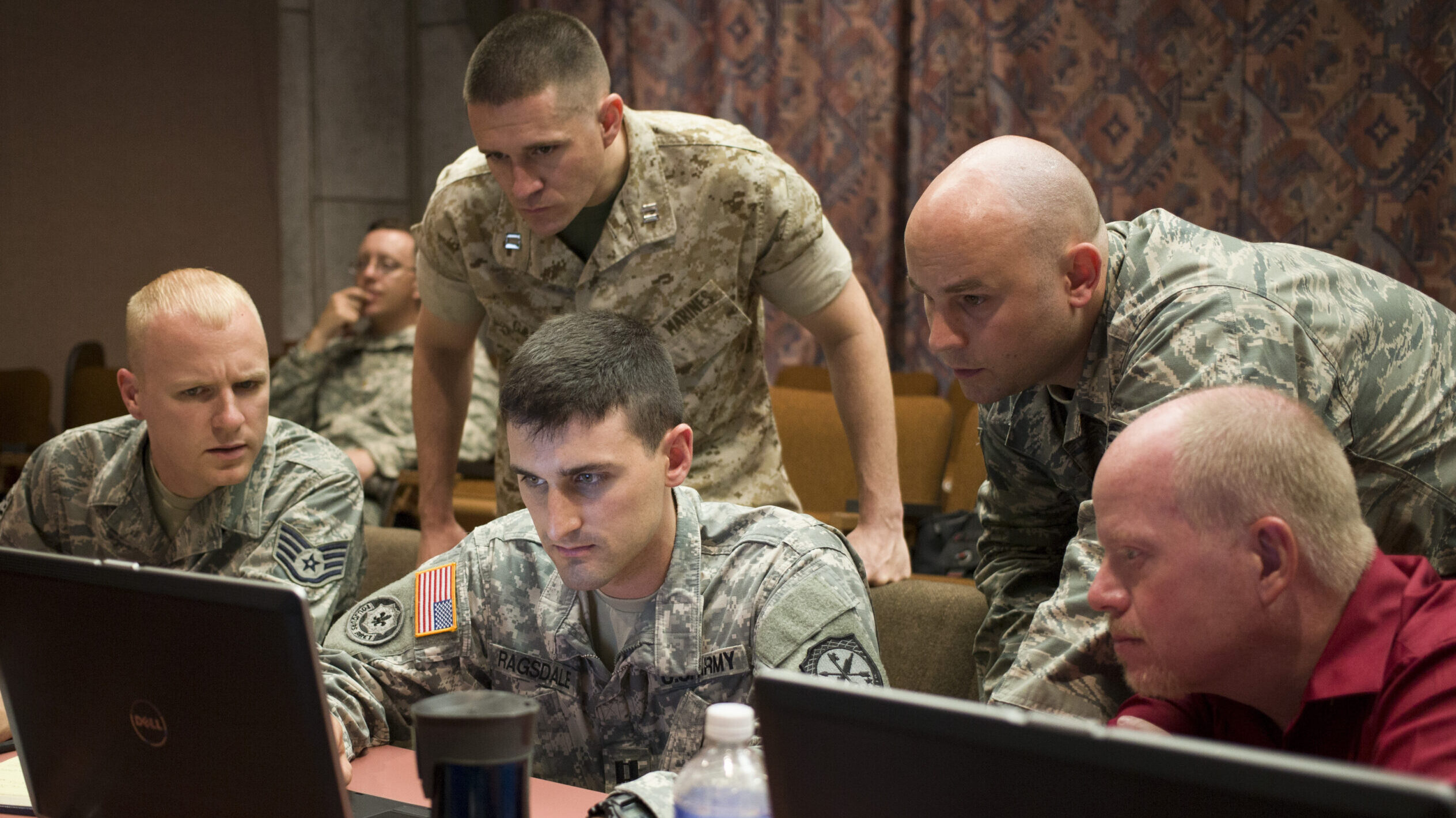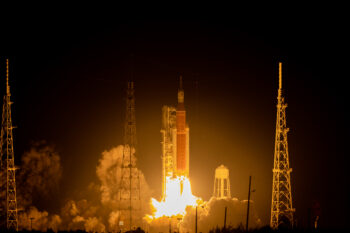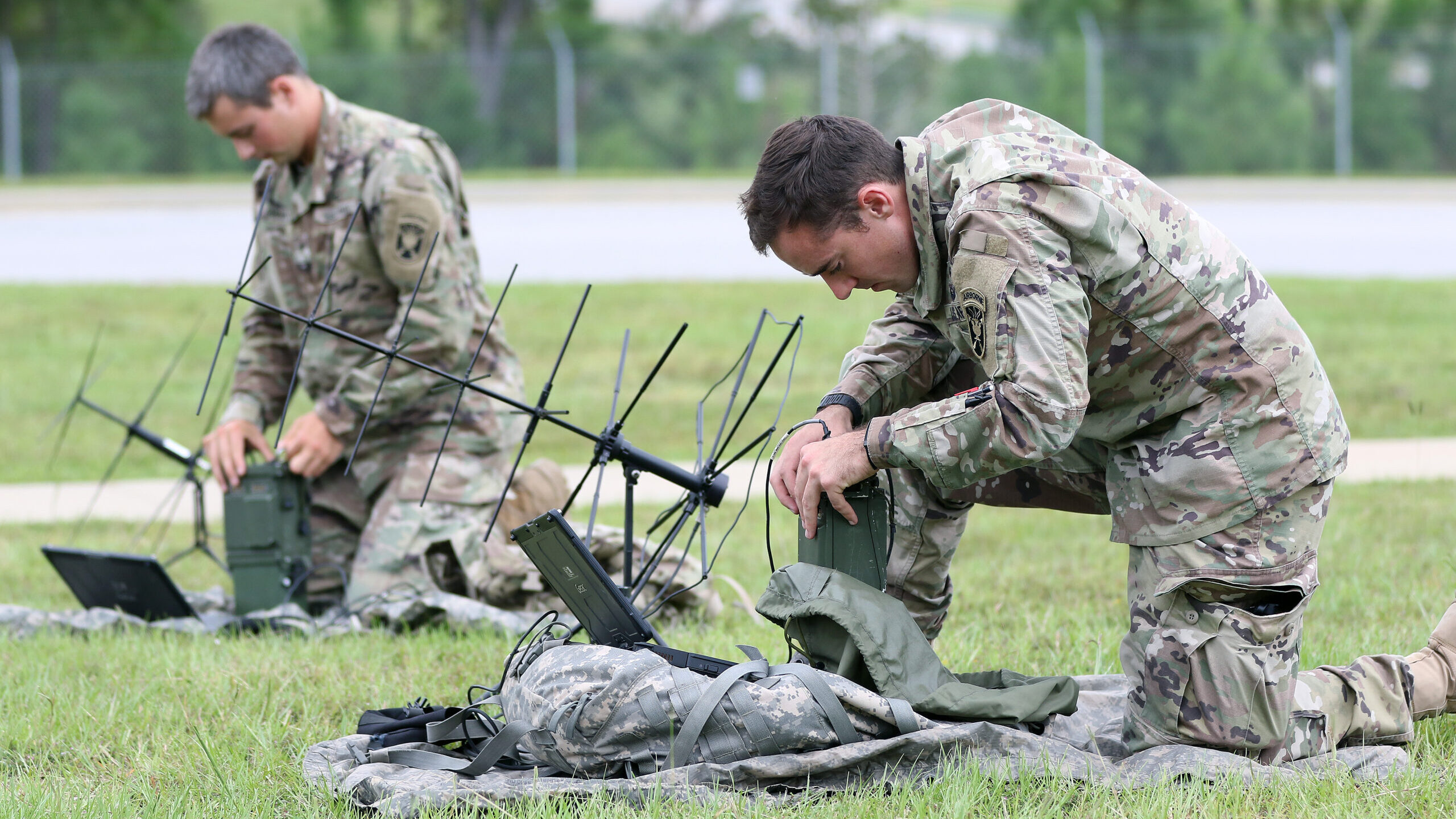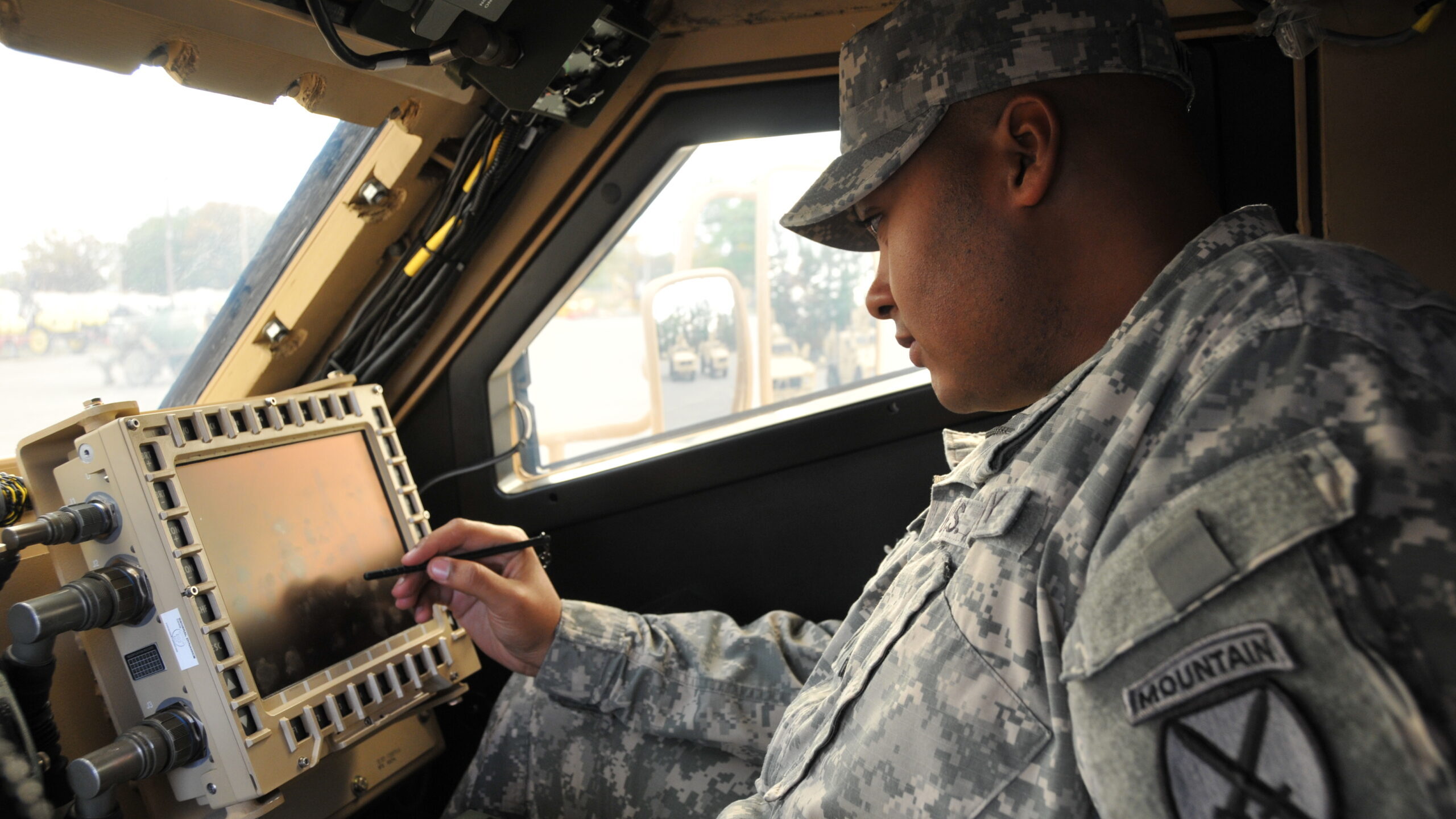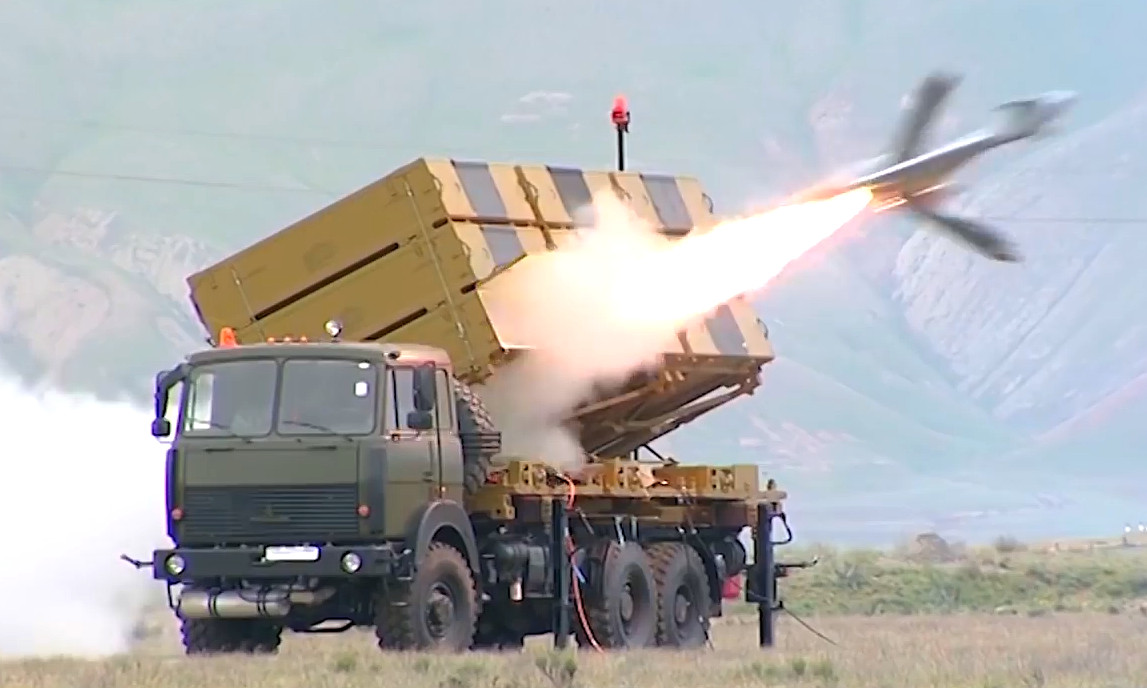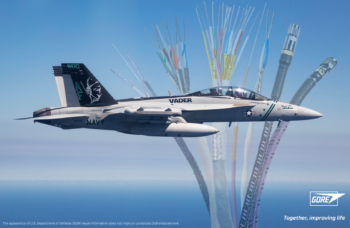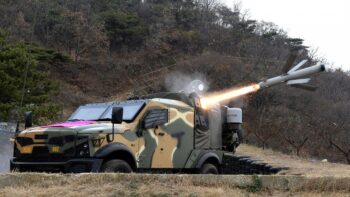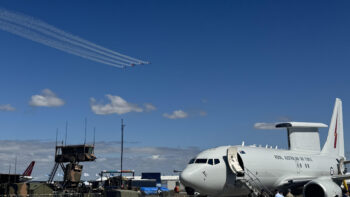
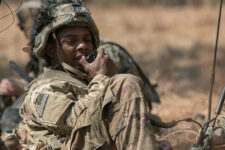
The service announced the pilot in May after lessons learned from Russia’s invasion of Ukraine told the Army that the status of electronic warfare is rapidly changing.
By Carley Welch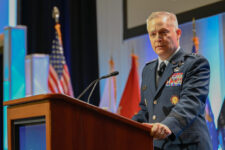
“The People’s Republic of China’s efforts to steal intellectual property, gain critical infrastructure footholds and disrupt supply chains pose significant risk to DoD’s ability to defend the nation,” CYBERCOM Commander Gen. Haugh said.
By Carley Welch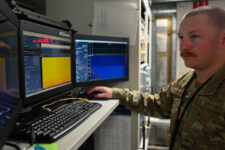
The 350th Spectrum Warfare Wing is modeling a new approach to electronic warfare for all the services: Instead of traditional quarterly updates, the 350th can now update over 30 Air Force systems about new threats within three hours.
By Sydney J. Freedberg Jr.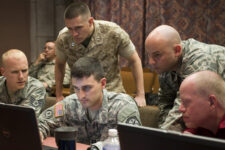
In a sign of how ubiquitous AI has become recently, DISA Director Lt. Gen. Robert Skinner began his keynote not speaking himself, but with a generative AI that cloned his voice and delivered the start of his remarks.
By Jaspreet Gill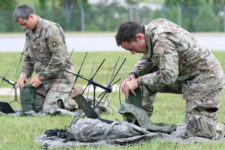
“We have examples in the counter-ISIS fight of combining lethal and non-lethal effects for a much larger holistic effect that I would say had a larger impact than anyone predicted prior to us truly synchronizing our efforts for having an effect on the adversary there,” he said.
By Andrew Eversden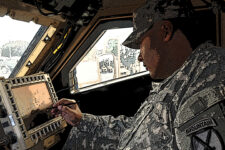
The intent is to generate conversation within the community and a more broad audience about potential threats and what the service can do to prepare for the future.
By Jaspreet Gill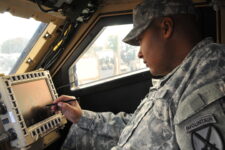
“If there’s one thing DoD and industry have done, it’s try a whole bunch of different tools over the last 10 to 12 years. What we have to do now is string them all together to show which ones work best for the capabilities the Army needs today and divest the ones that they don’t need,” Peraton VP Jennifer Napper said.
By Brad D. Williams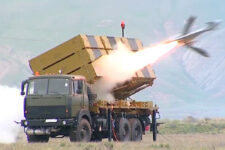
Drones aren’t decisive, said the head of Army Cyber Command, without a command system that can rapidly pull together all the data and order a strike before the enemy disappears again.
By Sydney J. Freedberg Jr.
“Wherever [Army forces] are deployed, particularly those in Europe and the Pacific, they’re under just constant, constant assault,” Lt. Gen. Stephen Fogarty, chief of Army Cyber Command, says.
By Sydney J. Freedberg Jr.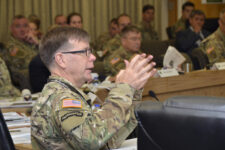
A host of high-tech specialties will have to work together, Lt. Gen. Stephen Fogarty said, so “stop fighting and start figuring out how to integrate the capability.”
By Sydney J. Freedberg Jr.
The new high-tech operations center at Fort Gordon lets Army Cyber Command spend less time defending US networks and more time attacking adversaries.
By Sydney J. Freedberg Jr.

